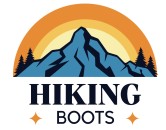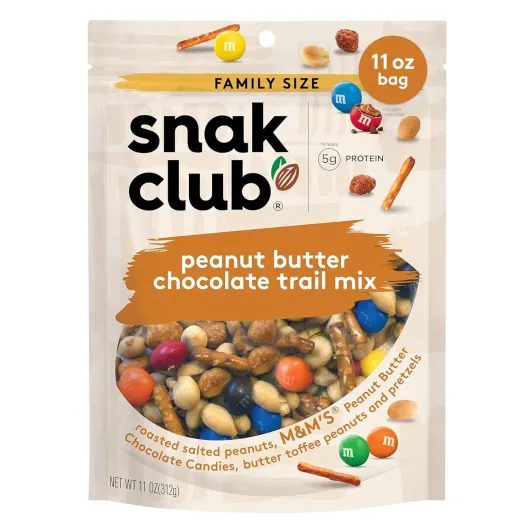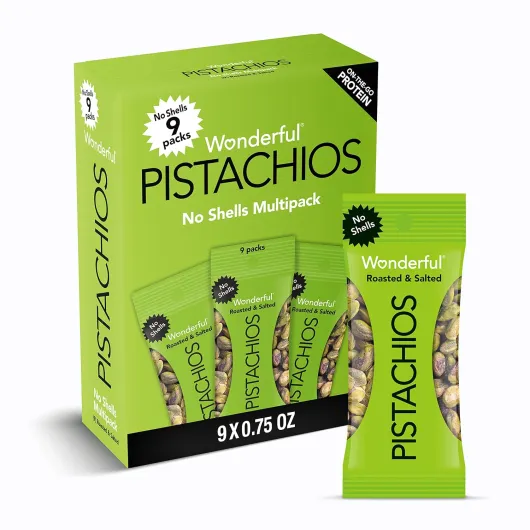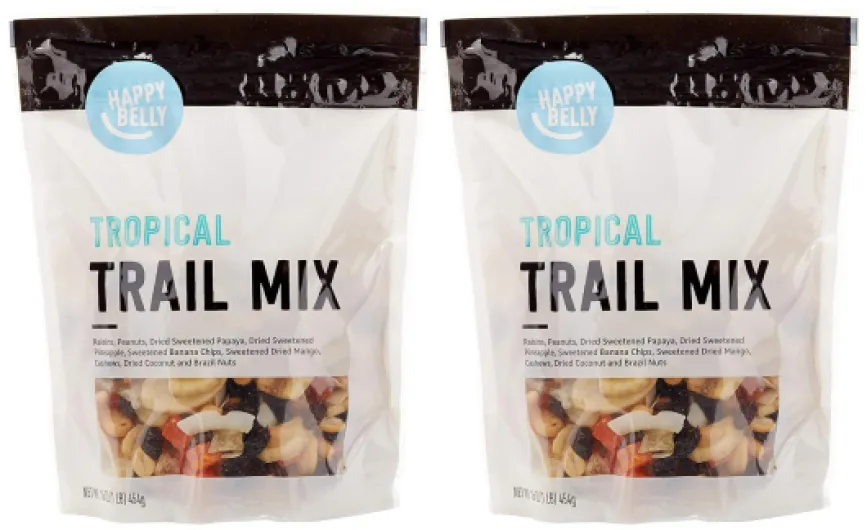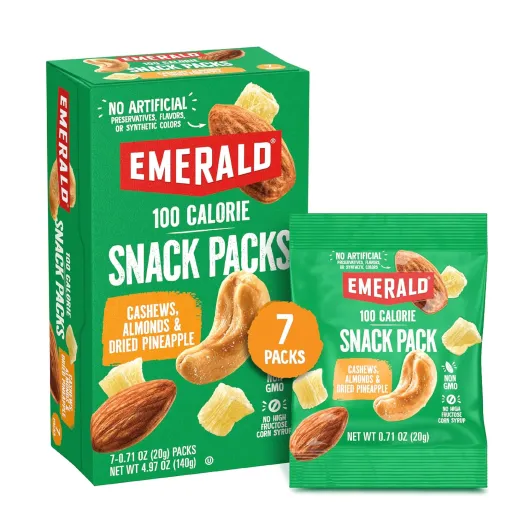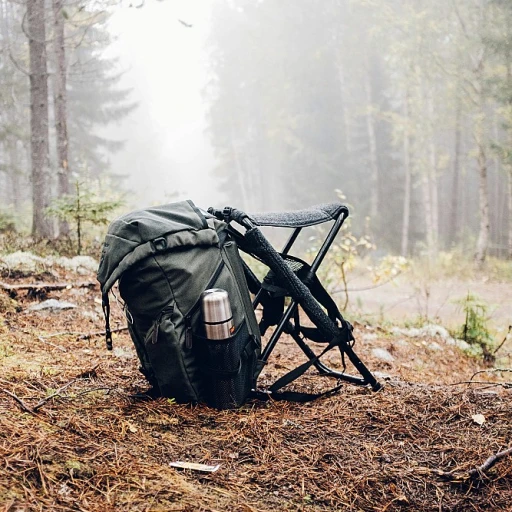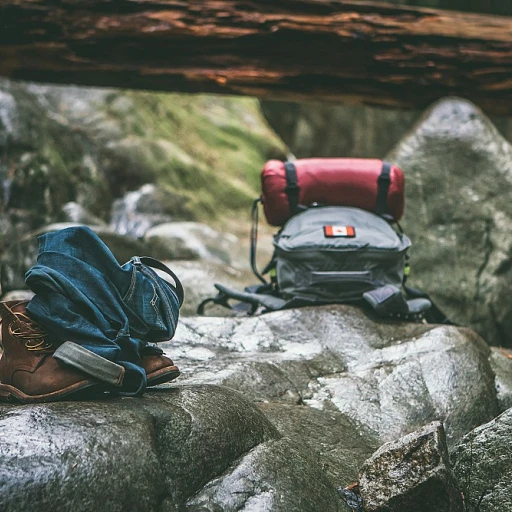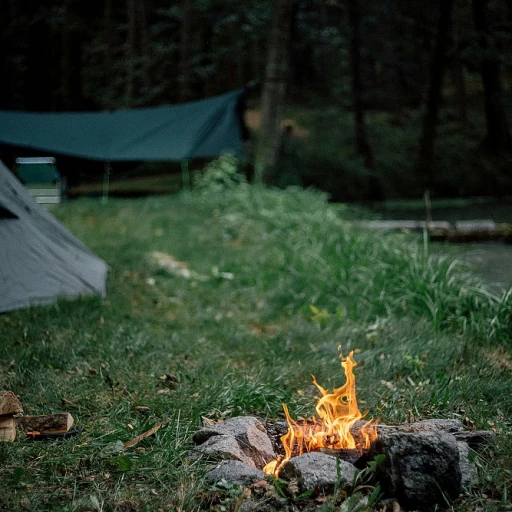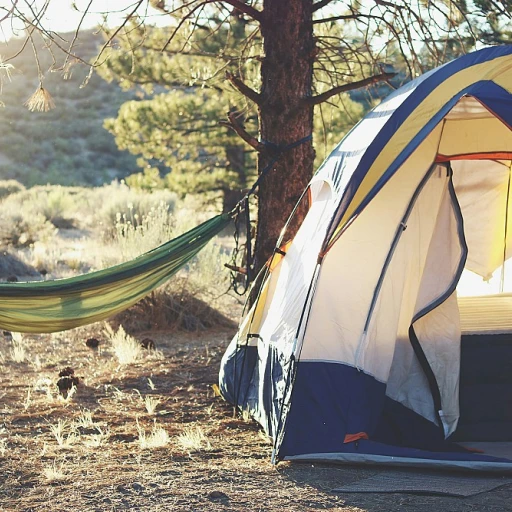
Understanding the Importance of Nutrition on the Trail
Fueling the Body for Outdoor Adventures
When you're out on the trail, your choice of food isn't just about satisfying hunger—it's about sustaining energy, maintaining focus, and enhancing endurance. Hiking and backpacking demand a significant caloric intake, as you'll be burning calories at a much higher rate than usual. The right selection of snacks can make all the difference. A hike isn't short of challenges, and your body requires an ample supply of nutrients to keep up. It's essential to focus on variety and balance in your snack choices. Throughout the day, you'll need a mix of carbs, protein, and healthy fats to ensure your stamina doesn't deplete. Nutrient-dense snacks like protein bars, trail mix, and nut butter packets are highly beneficial. They're compact yet packed with the essential sustenance needed for lengthy excursions. Including dried meals or freeze-dried options, such as a protein bar paired with dried fruit or peanut butter, ensures you're prepared for any situation. Not only does a steady supply of high-calorie snacks keep you moving, but it also elevates the whole backpacking experience. Remember, it isn't just about filling your pack; it's about optimizing what you eat for maximum benefits. On a prolonged backpacking trip, leveraging items available in grocery stores like dark chocolate, meat sticks, or chocolate-covered nuts can be a game-changer for both nutrition and morale. For additional insights on adapting snack choices or crafting DIY snack ideas, make sure your choices align with both your food preferences and the demands of the trail. Let what you eat be a catalyst for conquering any hiking adventure that lies ahead.Choosing the Right Backpacking Snacks
Finding the Right Balance
Choosing the right backpacking snacks is crucial for maintaining energy levels and ensuring a successful hiking experience. The key is to find a balance between taste, nutrition, and convenience. When selecting snacks, consider the calories and protein content, as these will fuel your body during long treks. Opt for snacks that are lightweight and easy to pack, yet dense in nutrients.
Essential Snack Categories
- Protein Bars: These are a staple for many hikers. Look for bars with at least 10 grams of protein to help sustain energy levels throughout the day. Popular options include those with peanut butter or dark chocolate.
- Trail Mix: A classic choice, trail mix combines nuts, seeds, and dried fruit for a mix of healthy fats and carbohydrates. You can find pre-made mixes at most grocery stores or create your own blend.
- Meat Sticks: For those who prefer savory options, meat sticks or jerky provide a good source of protein and are easy to carry.
- Dried Meals: Freeze-dried meals are perfect for longer trips. They are lightweight and can be rehydrated with water, offering a satisfying meal option on the trail.
- Instant Coffee: While not a snack, a quick caffeine boost can be a morale booster during a long hike.
Considerations for Different Conditions
When planning your backpacking trip, consider the specific conditions you will face. In hot weather, opt for snacks that won't melt, like protein bars without chocolate or cream cheese. In colder climates, chocolate covered treats can be a delightful indulgence. Always remember to pack snacks that you enjoy eating, as this will make your hiking experience more enjoyable.
For more insights on how to adapt your snack choices based on trail conditions, stay tuned for the next sections of this article.
Top Snack Recommendations for Hikers
Must-Have Snacks for Your Trail Adventure
When embarking on a backpacking trip, the right backpacking food is crucial to maintaining energy and stamina throughout the day. Not all snacks are created equal, so it's important to choose options that will fill you up and provide the necessary calories and nutrients needed on the trail. Here's a guide to top snack recommendations that can elevate your hiking experience:- Trail Mix: A favorite among hikers, trail mix often combines nuts, dried fruit, and sometimes chocolate to offer a balanced mix of proteins, fats, and carbs. You can customize it based on your preferences, mixing ingredients from any grocery store, including dried fruit or dark chocolate.
- Protein Bars: These convenient and compact bars are designed to provide grams of protein and energy on the go. A protein bar can act as a mini-meal, ensuring you get the necessary sustenance while hiking. Opt for options with fewer additives and more natural ingredients.
- Nut Butter Packets: Peanut butter or almond butter packets are a high-calorie, nutrient-dense option that deliver both protein and healthy fats. They can be easily carried and eaten with crackers or a slice of bread.
- Food Bars: Beyond protein bars, consider bars that include a blend of whole foods, such as oats, seeds, and dried food. Trader Joe’s offers some great options, but you can find alternatives in most grocery stores.
- Freeze-Dried Meals: For longer trips, freeze dried meals can be a lifesaver. These are lightweight and require only water to prepare. Meals like freeze-dried chicken are quick to cook at the end of a long day on the trail.
- Instant Coffee: While not a snack, instant coffee can help keep your spirits up during a backpacking trip, especially on early morning starts. Pair it with some cream cheese on a bagel for an energizing breakfast.
- Meat Sticks or Jerky: High in protein, these make for a savory snack option that is easy to pack and eat while on the move. These can supplement your protein intake, especially if you’re not carrying heavy meat meals.
DIY Snack Ideas for the Trail
Get Creative with Homemade Treats
If you want to add a personal touch to your trail menu, making your own snacks is a great way to ensure you're fueling your body with wholesome and personalized ingredients that suit your dietary preferences and needs. Not to mention, it gives you a chance to explore beyond what grocery stores typically offer.
- Trail Mix Deluxe: Start with the basics like nuts and seeds, and spice things up with dried fruit or chocolate covered treats. The mix of protein and carbs will keep you energized throughout your hiking day. Get creative with ingredient combinations like almonds, raisins, dark chocolate bits, and even a sprinkle of powdered milk for extra creaminess.
- Homemade Protein Bars: With some peanut butter, oats, and a bit of sweetness from honey or maple syrup, whipping up your own bars becomes straightforward. Tailor the recipe to pack in your preferred grams protein. Toss in some freeze dried strawberries or a scoop of nut butter for more variety in texture and taste.
- Jerky and Meat Sticks: Preparing your own dried meats or jerky can be a fun endeavor if you enjoy snacks packed with protein. Season and cure strips of chicken or beef for a savory treat. These snacks provide hefty fuel on long backpacking trip days.
- DIY Dried Meals: Similar to store-bought options, but with control over each ingredient. Try dehydrating vegetables, cooked quinoa, or pastas then toss them with a bit of powdered milk or powdered cheese blends. A homemade meal is perfect to rehydrate on a chilly day backpacking.
- Sweet and Savory Bagels: Top bagels with a thin layer of cream cheese, spreading evenly before adding sliced dried fruit or crumbled chocolate bits. A delicious blend of sweet and savory flavors ensures a quick, satisfying meal on-the-go.
By creating your own food, you'll know exactly what goes into each bite and can tweak flavors to your preference, ensuring each snack fits perfectly into your hiking routine. Remember, these homemade snacks can be a part of a balanced trail diet that ensures energy and satisfaction on your treks.
Packing and Storing Snacks Efficiently
Smart Packing Methods for Hiking Snacks
Packing snacks efficiently is crucial for a seamless hiking experience. By optimizing your backpacking approach, you ensure not only easy access to nutritious food but also maintain the balance of your pack, crucial for long treks.- Portion Control: To manage your energy, divide snacks into single-serving portions before leaving. Use resealable bags for nuts, trail mix, or dried fruit. They'll preserve freshness and allow you to gauge your intake.
- Layering Strategy: Keep snacks you’ll consume frequently, like protein bars or chocolates, within arm’s reach. Save bulky items like a meal replacement bar or instant coffee for designated meal breaks deeper in your pack.
- Balance Weight and Volume: Opt for lightweight, calorie-dense foods. Freeze-dried options or powdered milk provide essential nutrition without adding much weight. Nest smaller items like peanut butter pouches or dark chocolate squares around larger items for efficiency.
- Temperature-Sensitive Items: Chocolate-covered foods or cheese should be insulated using a small cooler bag or within the pack, away from direct heat sources.
- Organizational Tools: Consider using color-coded bags or labels to differentiate between types of snacks (e.g., 'sweets,' 'savory,' 'energy boosts'). This can make it easier to quickly find your favorite snacks during a short break.
- Protecting Your Goods: Using sturdy containers for delicate items like cream cheese or granola bars prevents crushing. Airtight containers also keep moisture-sensitive items fresh.
Adapting Snack Choices for Different Hiking Conditions
Customizing Your Snack Choices for Different Trail Scenarios
Understanding the dynamics of trail conditions, including weather and altitude, can help inform your backpacking food choices and ensure you're ready for each hiking day. Here's how to adapt your snack options for various trail environments:Hot Weather Adventures: During scorching days, prioritize snacks that provide both hydration and energy. Focus on options rich in electrolytes to aid in replenishing what's lost through sweat. Dried fruit and nut mixes, boosted with a touch of dark chocolate for some quick calories, can offer the right balance of sweet and salty. Incorporate snacks like freeze-dried meals or freeze-dried chicken which you can hydrate with water, maintaining moisture without compromising pack weight.
Chilly Mountain Climbs: When the temperature drops, your body will burn more calories to maintain warmth. Raise your protein intake with food staples like protein bars, meat sticks, and nut butter. Consider including chocolate-covered treats and peanut butter to keep energy reserves up during colder conditions. These options don't just keep you sustained; they pack the necessary punch to keep momentum on those difficult ascents.
High-Altitude Hikes: At higher elevations, the air thins, affecting your appetite and digestion. Choosing lightweight, easily digestible snacks is crucial. Opt for snacks from the grocery store that are rich in grams of protein like protein bars and dark chocolate to ensure you're refueling adequately. Instant coffee provides warmth and alerts the senses for a quick boost of energy and comfort.
With these variations in snack planning, stack your layers of preparation to successfully face varied conditions across any backpacking trip. Adaptability is key—having a diverse mix of options at your fingertips ensures that you'll always meet the demands of any day backpacking under diverse conditions.
